I have seen in many places where people mention that as the frequency of the input signal increases then the size of the transformer decreases. But as far as I have seen the formula for the transformer size. It is related to the core area. As the core area increases the size will be more and hence the power would be more.As shown:

The frequency only changes the number of turns as shown in the formula:

This means that the core area or the size of the transformer is not related to the frequency of the transformer, its only related to the power. Meaning If I want to make a high power transformer, even if it is high frequency my trnasfomer size will be the same but the turns will be comparatively less. Is this correct? Kindly correct me If I am wrong.